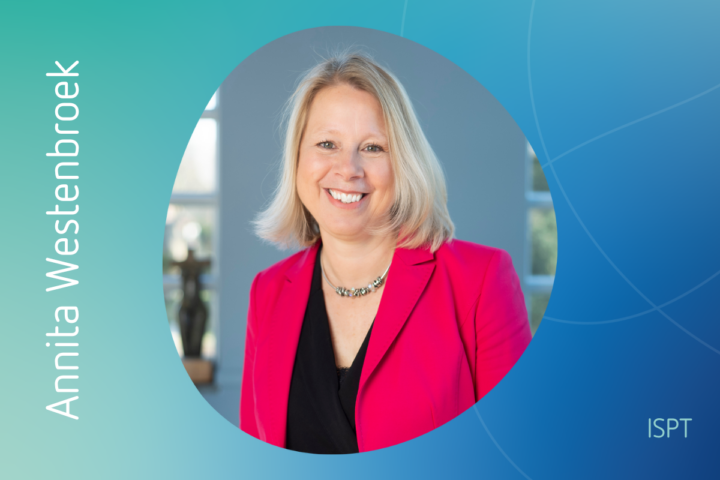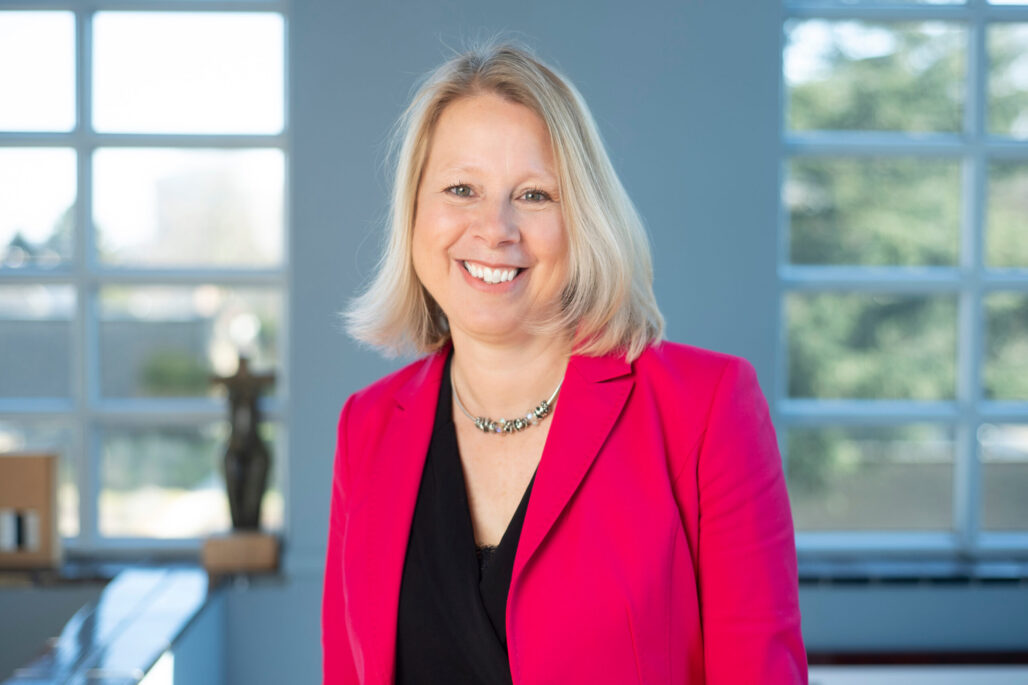Our current, linear economy is on its last legs. Raw material prices are rising, there is a battle going on for critical raw materials and at the end of the cycle we will leave behind a huge pile of waste. According to our program director Annita Westenbroek, a drastic change of course is needed to reverse our linear way of producing and consuming. Which trends can trigger the transition to a circular economy? In an interview with media platform Change.inc, Annita Westenbroek talked about 6 key steps we need to take.
1. From production to service
”It is actually absurd that in many cases repair is more expensive than the purchase of a completely new product. This is all because of common revenue models based on ever-increasing production rates,” states Annita Westenbroek. How can it be done differently? Annita Westenbroek gives an example. “At Schiphol, Philips does not sell lamps but lighting. As a result, the manufacturer benefits from ensuring that their lamps last as long as possible. Philips thus becomes a consumer of their own products. Producer and consumer in one: the circle is complete.”
2. From mixed to pure waste streams
Now that raw materials prices are rising, recycling is becoming increasingly interesting. Annita Westenbroek: “This is where it comes down to the fine art of waste separation. In the paper industry, they have understood that art for years. For the other waste streams, steps must be taken quickly.” According to Annita Westenbroek, there will be a run on discarded plastics and biomass. It is important to use residual flows in such a way that they yield the highest economic value.
3. From opaque to transparent waste market
“You can make money from waste. That has been the case for years,’’ says Annita Westenbroek. However, an opaque market is emerging because waste traders act as intermediaries between suppliers and processors of waste. It is very difficult for companies to set up their own circular chain for their waste. But it can be done. Annita Westenbroek cites the Ortessa platform as an example: “With ‘open about waste’ as their mission, they want to help customers directly to get more out of their waste streams.”
4. From counteracting to stimulating regulations
We have to design laws and regulations in such a way that producers and consumers are encouraged to reuse and recycle. Annita Westenbroek refers to the extension of the deposit system of plastic drinking bottles. “This measure recently proves what this yields: 70 percent fewer bottles in litter.”

5. From consumption to consumption reduction and sharing
Everybody, from consumer to producer, must think in circles to close cycles. This involves mayor and smaller behavioural changes. Annita Westenbroek points to the growing number of platforms and apps for reusing and sharing products. “Sharing is social and fun. And there is certainly money to be made in the sharing economy. Look at the success of shared mobility.” Good and easy service is an important condition, says Westenbroek. “Because in a circular economy, consumers don’t want to make a sacrifice when it comes to comfort.”
The momentum is now to think and act circularly
Annita Westenbroek
6. Circular thinking and acting
Rising prices of raw materials are increasing the pressure to become more sustainable. “The momentum is now to think and act circularly,” says Annita Westenbroek. It is important that suppliers and processors of residual streams form a circle together to close new value chains. And there are plenty of opportunities for this. Westenbroek: “At ISPT, we are demonstrating this by bringing different parties together in the Building Blocks from Waste program. In this growing platform, new opportunities arise to turn a mountain of waste into a gold mine. The step from thinking to doing is talking to each other.”
More on Annita Westenbroek
Annita Westenbroek is an expert on the bio-based economy and particularly keen to facilitate cooperation between companies. At ISPT she is our Program Director for Deep Eutentic Solvents and Heat.

This article was previously published on change.inc in Dutch.
